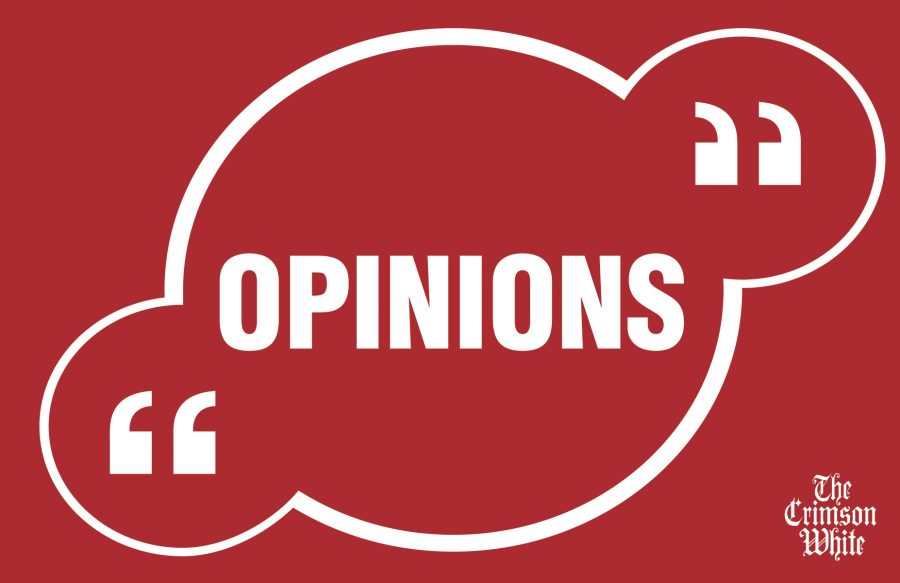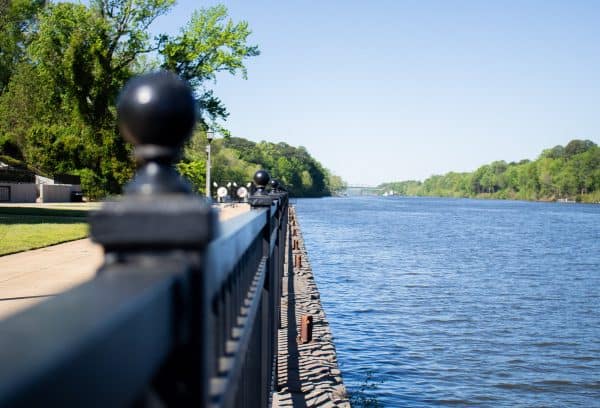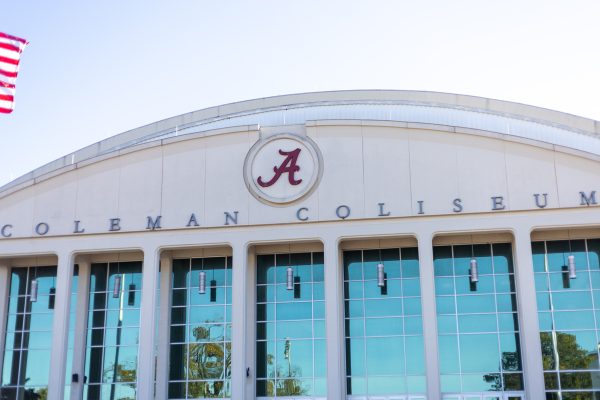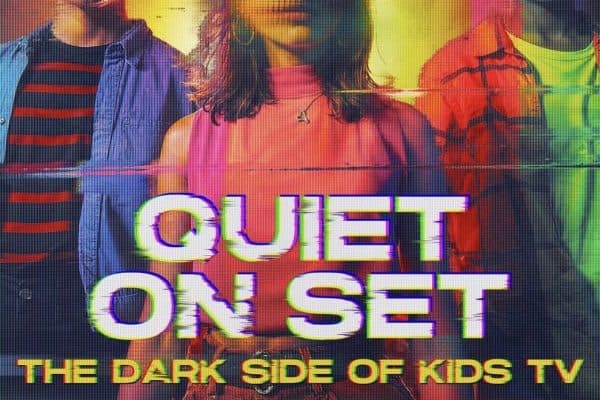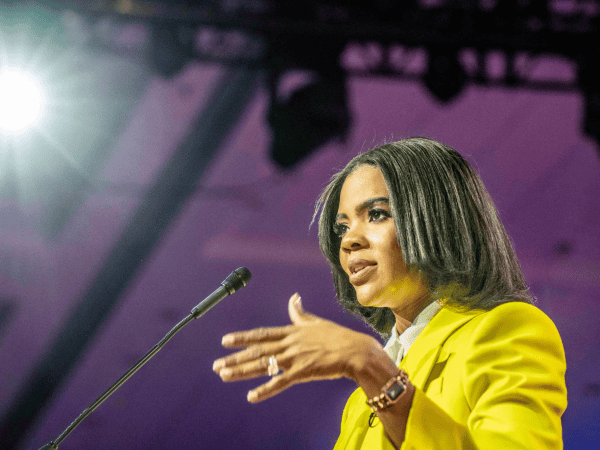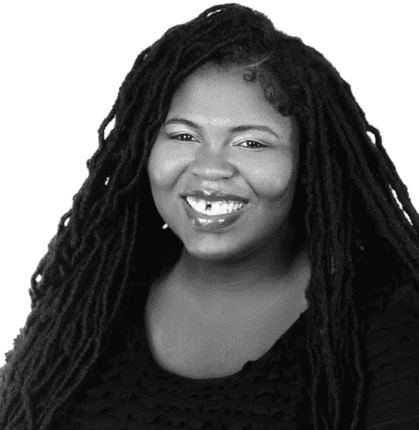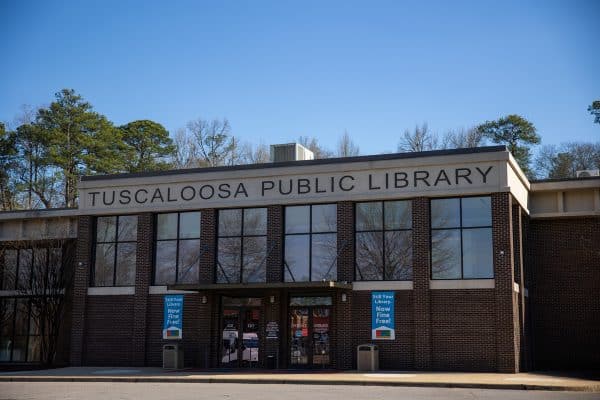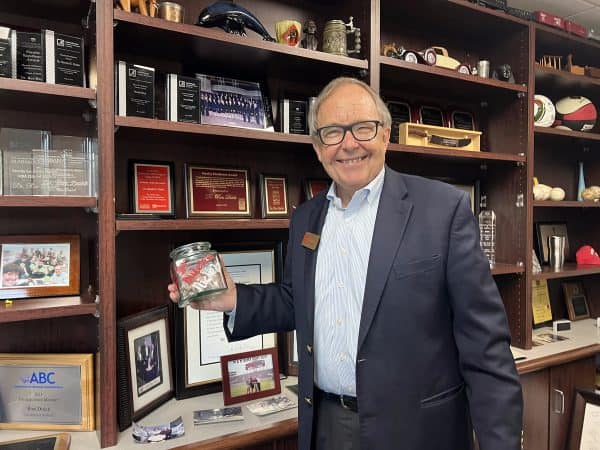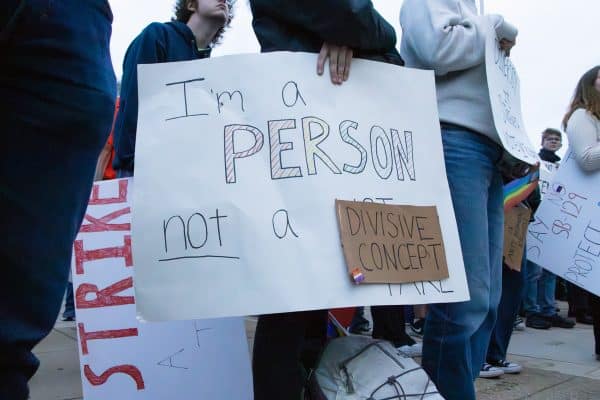Allow student media outlets to cover events
February 14, 2019
This week, one of the biggest non-sporting events of the semester happened, as the UA chapter of Young Americans for Freedom (YAF) hosted a lecture by Ben Shapiro, a conservative podcast host and editor-in-chief of The Daily Wire. Unfortunately, only a YAF-affiliated opinions columnist was granted a credential to the lecture. The Crimson White was not allowed to provide a news reporter or a photographer to give live news coverage from this event; two nights before Shapiro’s lecture, a fellow CW news writer and I received emails from YAF saying, “due to space constraints outside of our control we are unable to accommodate your request to cover Shapiro’s remarks in-person.”
A student organization that uses University space to host an event for students but is unable to accommodate student media members should not plan similar large-scale events in the future. It is reasonable for student media members to request credentialed access to events like these, and if groups like YAF are unable to provide to these requests, then they should not continue to run these types of events.
There are two components that I understand may contribute to why my coworker and I did not receive credentials to this event. First, there are fire codes in place that put a capacity limit on how many people can be in one room at the same time, and second, YAF can decide who can and cannot be credentialed. Considering this, there are two possible reasons for not credentialing The Crimson White: Either YAF did not anticipate a significant number of media outlets wanting to cover this lecture, or YAF deliberately decided to keep The Crimson White out of its event.
The first issue can be fixed with a little proactivity, especially with support from the national organization like the UA YAF chapter received, by anticipating media coverage and saving a set number of seats for credentialed media members before selling tickets to the public. If the club saves too many seats for media members, then after giving credentials to media members, they can sell more tickets to the general public. But, this did not happen on Tuesday. About eight media seats were left empty, yet I stayed outside because I did not have a credential. So, to me, it seems as though YAF did not care about filling those media seats.
The question then becomes, why did YAF not want The Crimson White to cover this lecture? What kind of club puts on an event intended for hundreds of students to attend, and then rejects the idea of being given free publicity to the thousands of potential readers who were unable to attend or watch the event? Why would YAF’s club president reach out to The Crimson White to let them know that a big event is happening, and then not allow us to cover said event?
This is not to say that clubs should be forced to allow student media groups into any and all events. Rather, it is advice to clubs that if an organization hosts an event designed to draw attention, then the organization should not be surprised when media outlets want to provide attention to the event, and it should prepare for that inevitability.
Not allowing The Crimson White, or any other interested student journalists for that matter, into a large-scale event diminishes the credibility of the group hosting that event. By not allowing student media outlets into the event and only providing live streams from the club website, organizations like YAF are only denying themselves the opportunity to further their credibility and expand their audience. My advice: If you don’t want media coverage of your event, do yourself a favor and don’t plan it in the first place.

